To Hell and Back
After a rough night's nervous rest, it was time to face the demon in the bright morning light, before meeting him personally in the darkness. Pictures hardly portray the ominous nature of this massive and eroding peak. It is postulated that there are so many unsupported mine shafts here that one day the earth will simply implode, netting a mountain 1,000 meters shorter than today's teetering conglomerate.
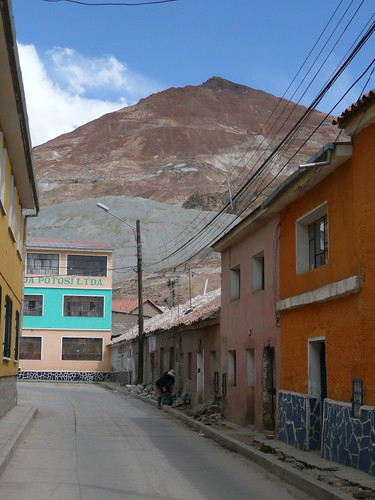
Given the Monday morning timing, many miners are recovering from a weekend of partying or are busy with inter-coop soccer matches, so the "miner's market" is pretty quiet.
At the miner's market we buy coca leaves and an activating base paste for the miners. It is tradition for mine visitors to bring gifts of coca leaves, soda, ...
and dynamite.
With gifts in hand, we headed to the changing room to get protectively layered.
Lipika was kind enough to model all the gear, including the thick miner's helmet.
Preparation for the next several hours of sub-terranean groveling droned painfully long, but finally, staring up the mountain nervous butterflies pushed at stomach walls.
Then, there it was, narrow gage rail leading to a minor hole in the mountain, ...
There is practically nothing mechanical in this mine, save a drill for laying dynamite. Human will propels the industry. Years ago, the Bolivian government basically leased the mountain to dozens of competing mining co-ops, which they tax and monitor. As an outsider, when a controlling government walks away from a 500 year old source of billions of dollars in wealth, this should be a clear sign that meaningful mining has come to an end and the mountain is spent.
In the times of Spanish colonialism, the mother veins of silver would run two-meters wide. Now, a hair-line trail, hardly visible to the untrained eye garners attention and excitement. Mining Co-ops are actually re-entering colonial shafts to extract what was too insignificant to prior generations.
Over a kilometer into and under the mountain, with our group of two plus guide, there is no buttressing of walls or ceiling. (Actually, that ended very close to the entrance.) Our guide explains, "It takes time and money to put supports into the mine. We don't want to waste the money and if we use time for that we are not making money by removing the minerals."
But aren't the miners afraid of collapse?
"That is up to fate."
Each step we take, deeper into the mine, we are tempting the same fate and I don't particularly like the odds. The average, over hundreds of years, equates to several people dieing each day under this mountain. This fact looms in my mind as each of us balances across two slick logs, over a vertical shaft, to approach the most dangerous event of the day.
This may be a good moment to point out that our tour is in an actual functioning co-op mine. Rock and ore are being dumped from above, in intervals, falling between the logs to a collection point too far below to see with the aid of flash. On the other side of the pit is a lone plastic rope, no thicker than the average index finger. We are now to climb this line upwards, using the wall as a foot fall and guide, straight up 20 meters.
Our reward is the deepest part of the active mine shaft. Since this co-op operates at the bottom of the mountain, they have access to the deepest veins. The air is thick, with sparse oxygen and soaring temperatures. It may be alpine and cool outside, but the deeper one ventures, towards the center of the earth, the hotter and less existent life becomes.
In exchange for gifts of soda, dynamite, and coca leaves, we are given the opportunity to take a shift shoveling the blasted fragments. Needless to say, I've got "no skills" and am a good source of laughter for these sub-terranean laborers.
Lipika garners miner interest and cheers of support... and actually moves far more ore than my attempt. Notice the young miner just to the right. His cheek is swollen and this is not from tobacco. He has packed his cheek with coca leafs, then activates the stimulant with some of the gritty base material. The young men work twelve or twenty-four hour shifts, without food breaks, so the coca leaf stimulant propels them forward.
An interesting side-line is that native women are not allowed "inside" the mines. It is considered bad luck. But, in recent years, the flow of gifts from tourists has seemed to relax the "Men Only" rules.
The return climb, down the vertical shaft, posed a different and far more dangerous situation than the ascent. First, the undersized rope was actually made of blue plastic and was now covered in a slick earthen glaze. Second, there is no secondary rope system, i.e. if you slip or fall, you are likely dead. I wrapped the blue cord around my arm a couple of times and "went for the burn". There is no time to panic and no need for a cry of "help" as no one could provide aid. This was a rare moment of complete self-reliance... live or die, your choice.
Tens of meters beneath, this simple ore trap served as loading bay for the hand propelled process of extricating. These two men, plus one more out of frame, would now push a fully loaded mining cart the kilometer or more to the surface entrance, where it would be dumped. The empty rail cart is then pushed, uphill, all the way back to this point... at a jog.
Following behind the ore cart, our group of three simply couldn't come close to keeping pace with these uber-laborers (sorry, no umlaut on this keyboard). So, just shy of the entrance we ventured down a short shaft to find El Teo, the devil. This simple hand carved and constructed devil represents one of the most demonic additions to South America from the colonizing Catholic faith, as led by the Spaniards.
The local history tells the story that hundreds of years ago, the Spanish were literally working the local labor to death. They had brought thousands of slaves from Africa, to increase the labor pool, but the high altitude exertion and cold outside temperatures killed them off in a matter of weeks. So, to insure production levels, native slave miners were worked even harder. Finally, the indigenous laborers reached a flash point and refused to work. The Spanish had been "Evangelizing" the locals with their Catholic faith. So, the leaders created a new incentive for the native population by creating a physically present underworld god. They taught that above ground, their Catholic god reigned, but underground El Dio rules. The Ketchua language does not have a "D" consonant, so this demonic anti-god became known as El Teo. If they did not work hard, then El Teo would cause bad things to happen to them. What is more motivating, an invisible Catholic god or a tangible underground god that has the power to kill you?
The indigenous people brought El Teo presents to appease him and returned to their slave labors. The genius of this cultural manipulation icon was blending native beliefs with Catholic. The Ketchua believe in Pache Mama, mother earth, and a father sky. These two deities have sex every day at the rising of the sun and produce all the abundance of life on the earth's surface, as a result. Now, El Teo, with his massive phallus, breeds with Pache Mama under ground, as well, and his semen is represented in the veins of silver and ore in the rocks.
The local miners make offerings to El Teo daily, often drinking 160 proof alcohol with him and covering him with streamers during celebrations. (The empty bottles at the idol's feet are considered part of the offering.) One would think, that after so many years, miners would abandon this tradition, but despite the expulsion of the Spanish these "good luck" symbols are hard to part with.
Light has never been more welcome, than leaving this mine. Our guide rambled on and on about El Teo, with story after testimonial story, meanwhile we were ready to "get the heck outta Dodge!" Soaked with sweat, the cool alpine air was a welcome relief.
I was glad for the experience and empathy generated for these tremendously hard working miners, most of whom will never reach 40 years, but this is an opportunity I don't care to repeat. Without safe working conditions, almost every single career miner with die young, either from accident or lungs filled with dust. There wasn't a single laborer older than me, and yet they appeared withered and wrinkled. The truly sad thing is that many of them started, nimbly, in the mines at the age of ten and now in their twenties are strong but broken old men.
The juxtaposition of a beautiful afternoon and Cathedral to the mines made the centuries of torment more tangible. The amazing thing, to me, is that after receiving their liberation from Spain the native people didn't demolish the Cathedrals, much in the same way the Spaniards had razed their Inca temples.
I was a little numb from the experience, as we drove from the highest civilization in the world to the former capital of Bolivia, Sucre. In the clear evening sky, Sucre lay across the valley and hills like a glitter blanket, with the Cathedral San Francisco at its center. Selfishly and burdened by the day's experience, I was ready for a lighter atmosphere.
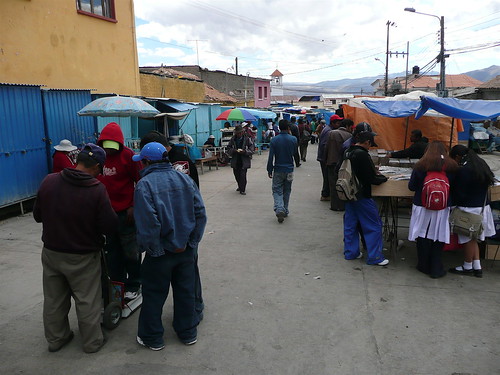
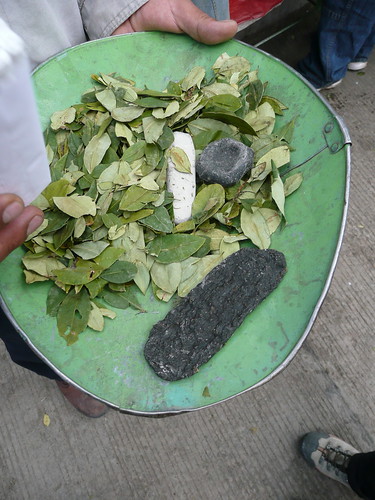
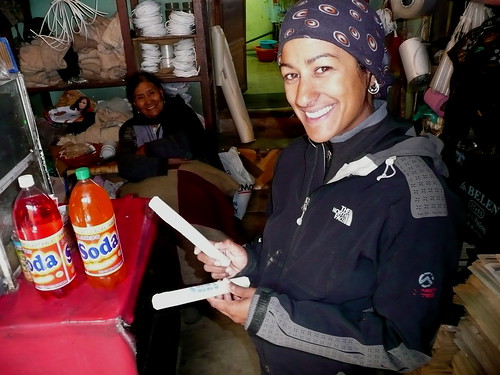
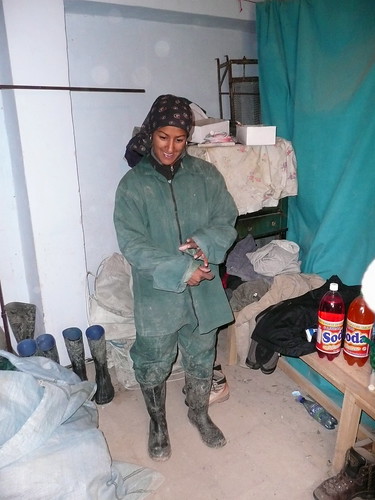
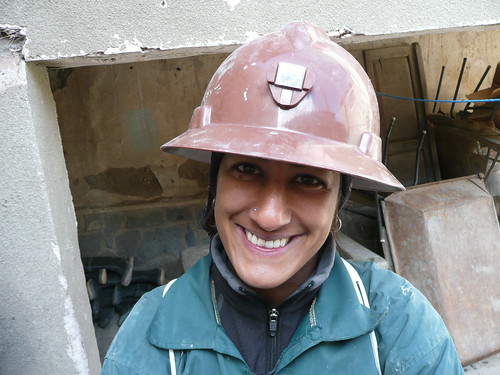
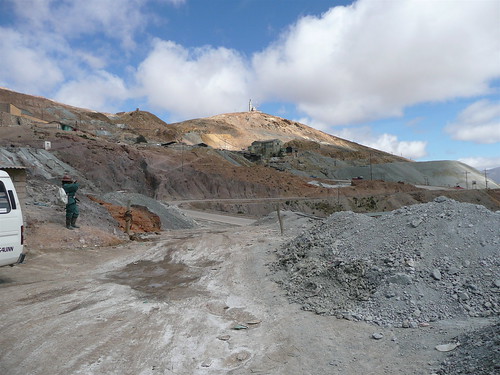
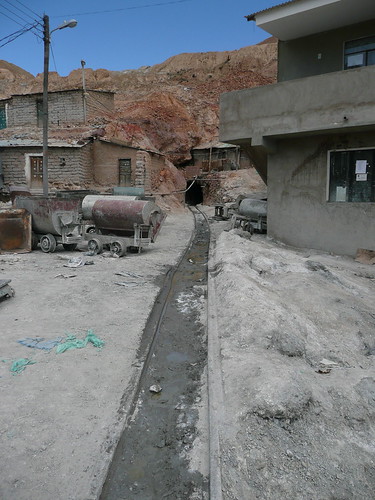

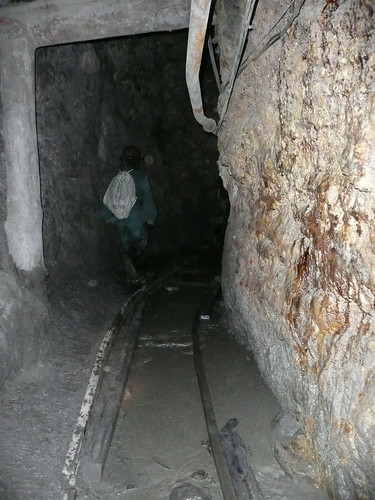
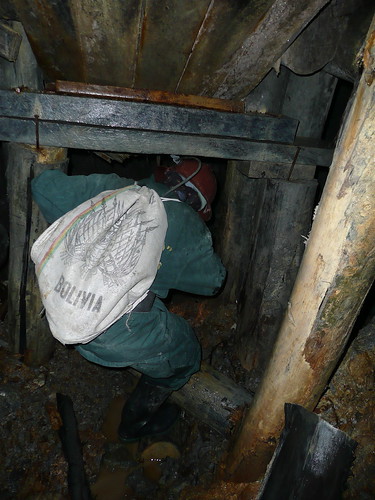

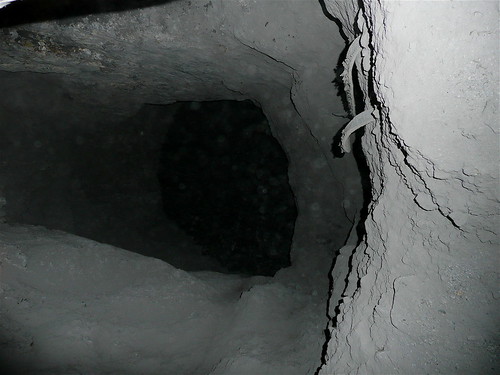
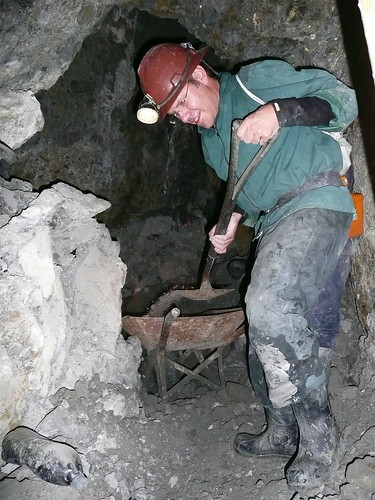

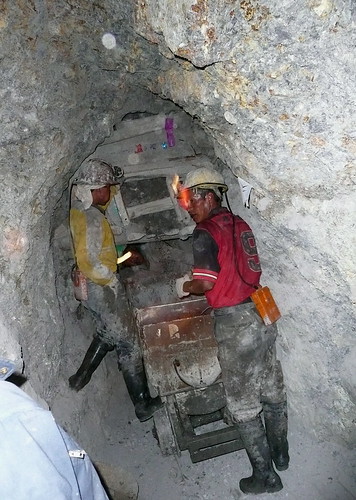
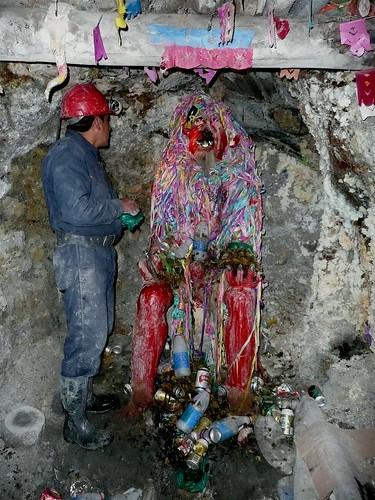
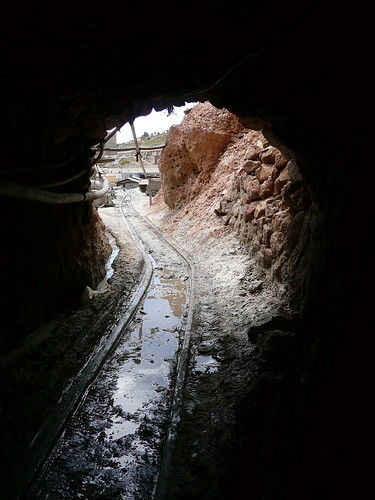
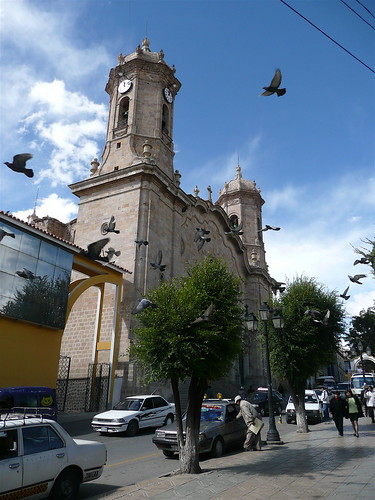

No comments:
Post a Comment